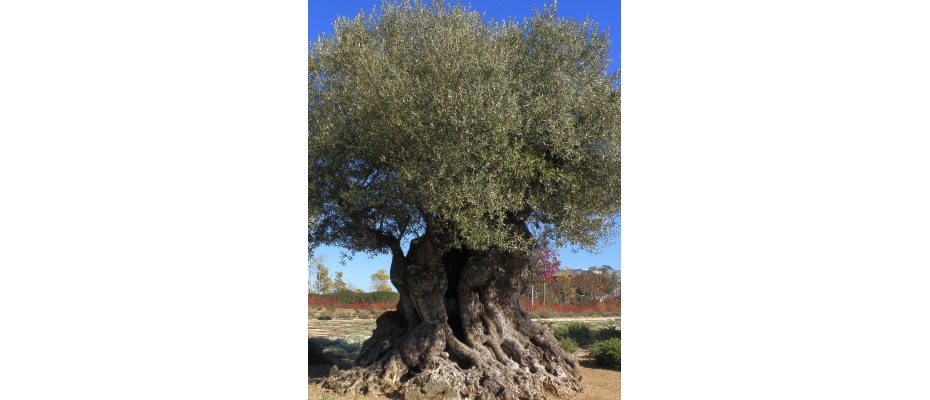
A Spanish research team led by the CSIC and with important contribution of the CNAG and the CRG has completed the first part of the project entitled “First comprehensive DNA sequencing of the olive tree”, funded by the Banco Santander. The results of this study will shed light on some this plant’s genetic clues, which in the future could help in the improvement of olive production.
The sequencing work is being performed at the CNAG and the CRG
The project is led by the CSIC researcher Pablo Vargas, of the Real Jardín Botánico where the DNA extraction of the specimen studied has been carried out. The CNAG has performed the sequencing of the genome and the analysis of the results will be performed together by the CRG and the CNAG. The data collected so far, corresponding to the raw sequence, have been included this week in the European Nucleotide Archive (ENA).
The data suggest that this variety of olive tree has a complicated genome and that its size is approximately half of the human genome. “Although we still have much work ahead, this is the first step to unveil the information from the olive tree genes that will be really useful in the future. We will be able to understand the genetic advantages of this specimen and help to improve olive production", says Ivo Gut, director at the CNAG.
The next step, led by Tyler Alioto and André Corvelo of the Genome Assembly and Annotation team at the CNAG, is to assemble the olive genome sequence from the raw data. "Having sequenced the fragments now begins the work to assemble or reconstruct the genome, the equivalent of assembling the puzzle with all sequenced fragments" explains Toni Gabaldon, group leader at the Center for Genomic Regulation and coordinator of the genomic analysis of this project. "Once rebuilt, we will start establishing which genes can be specifically related to the main characteristics of these trees, as longevity or ability to adapt to agriculture," adds Gabaldon.
The sequenced specimen is an olive tree more than 1,200 years old, belonging to the variety Farga
The specimen sequenced is an olive tree of the Farga variety with a scientifically estimated age between 1,100 and 1,300 years old and is currently alive and growing (see photograph). The olive tree, called Santander, weighs about 11 tons and has a perimeter of about five meters and it has been chosen for this project because it is the type of olive tree with the biggest number of ancient specimens in Spain.
“Reading this specific olive tree DNA is a milestone in the field of genetic sequencing because it is a variety of extraordinary longevity. All organisms sequenced so far live a few years, according to the life expectancy of each species. However, this is the first time we analyze the genome of a subject that has existed over a thousand years and will probably get to live many more”, says Vargas.











